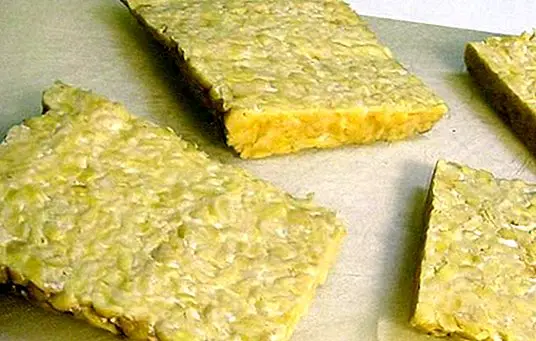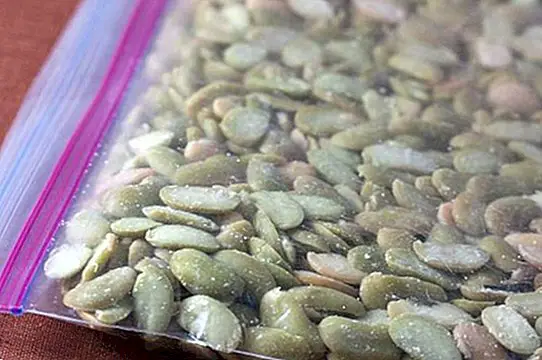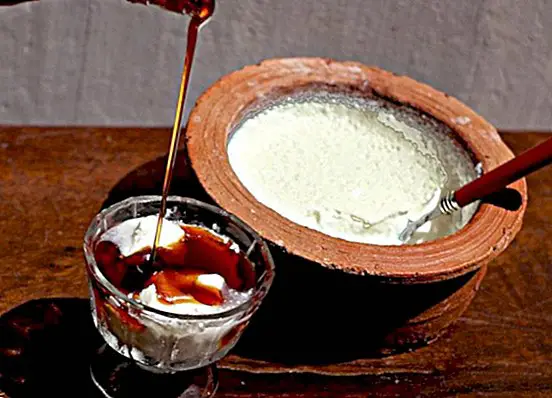Tempeh: what it is, properties, uses and recipes
If you usually frequent herbalists and diet stores it is possible - and quite likely in fact - that at some point you have met him.
It is known by the name of tempeh, and although his name may not sound so much, the truth is that it is actually a food much like tofu, much more popular in most cases.

What is tempeh?
It is a food that is the result of controlled fermentation, cooking soybeans with a Rhizopus fungus (tempeh starter). That is, it is a food product from the fermentation of soy, which usually occurs in the package in the form of cake.
It is a food native to Indonesia, where it is considered for many centuries as a simple food but extremely rich in protein, hence it is a product that we find in most diets.
Properties and benefits of tempeh
It stands out mainly for its high protein content, hence it becomes a certainly excellent substitute for foods of animal origin, and is ideal as a food product for both vegetarians and vegans. In fact, 100 grams of tempeh contribute around 40% of the proteins that our body needs daily. In addition, it contains all the essential amino acids.
On the other hand, it is a very beneficial food for women who are in menopause, since it relieves the most typical symptoms of this stage and in turn is able to strengthen the bones.

Since it keeps all the fiber in the beans helps regulate intestinal transit. The fermentation produces agents of natural antibiotics, being useful to increase the resistance of our organism to intestinal infections.
Also, the regular consumption of tempeh reduces the risk of coronary heart disease, prevents different types of cancer (especially those that occur in the digestive tract) and regulates blood sugar levels, being appropriate for people with diabetes.
Uses of tempeh
Usually this food product is cut and cooked to the plate or fried, until its surface is golden and crispy, although it can also be used in combination with other recipes, such as soups and broths.

It can also be used as an ingredient in sandwiches, salads and spreads.
Some tempeh recipes
How to make tempeh at home
Ingredients
- 1 kg. soybeans
- 2 tablespoons of the fungus Rhizopus oligosporus
- 6 tablespoons mild vinegar (can be rice)
Preparation
- Grind the soy bean (can be manually or through a grinder).
- Leave the soya in a bowl soaked for 15 hours.
- Remove the husk from the grain. To get it you just have to press the soy with your fingers, and the grain will come out by itself.
- Add vinegar and cook over medium-low heat for half an hour.
- Drain and dry the soybeans, allowing them to cool to room temperature.
- Expand the fungus on a tray, evenly.
- Leave the cultivation of soybeans and fungus at rest, in an open container or that has been covered lightly for a few hours.
- After 2 days you will notice that a kind of white film has appeared on top of the soybean (it is the indicative that the fermentation has been done correctly).
- List!
Tempeh salad
Ingredients
- Tempeh (quantity to taste)
- Rúcula
- Parmesan
- Soy sauce
Preparation
- Wash the arugula thoroughly, and cut it into small pieces.
- Cut the tempeh into squares. Add a pinch of oil and a few drops of soy sauce in a pan and fry the cut tempeh.
- Add a pinch of salt.
- On top grate a bit of Parmesan cheese.
- List!
Images | Gloria Cabada-Leman / Veganbaking.net / ilovebutter This article is published for informational purposes only. You can not and should not replace the consultation with a Nutritionist. We advise you to consult your trusted Nutritionist. ThemesVegan Vegan Recipes


